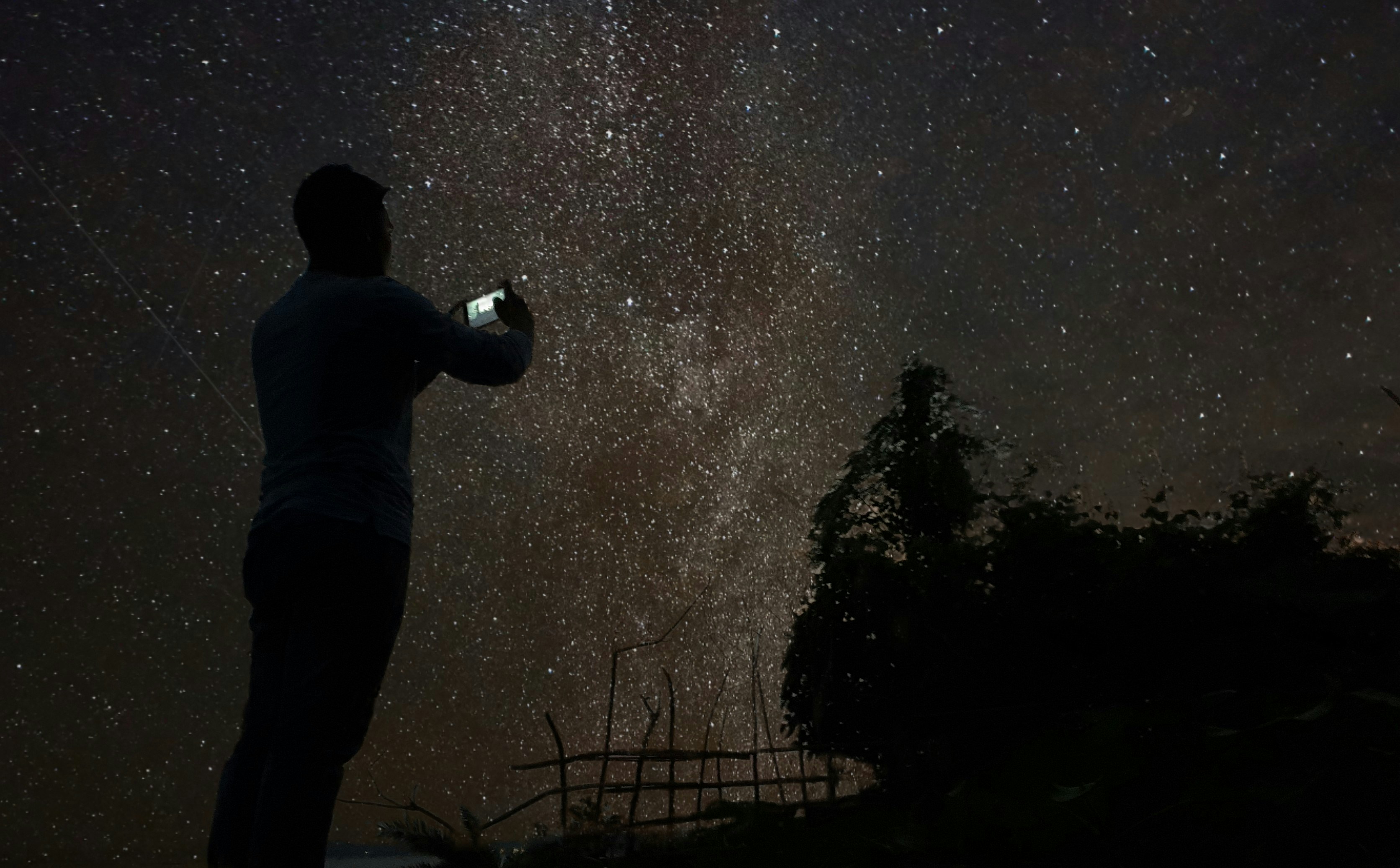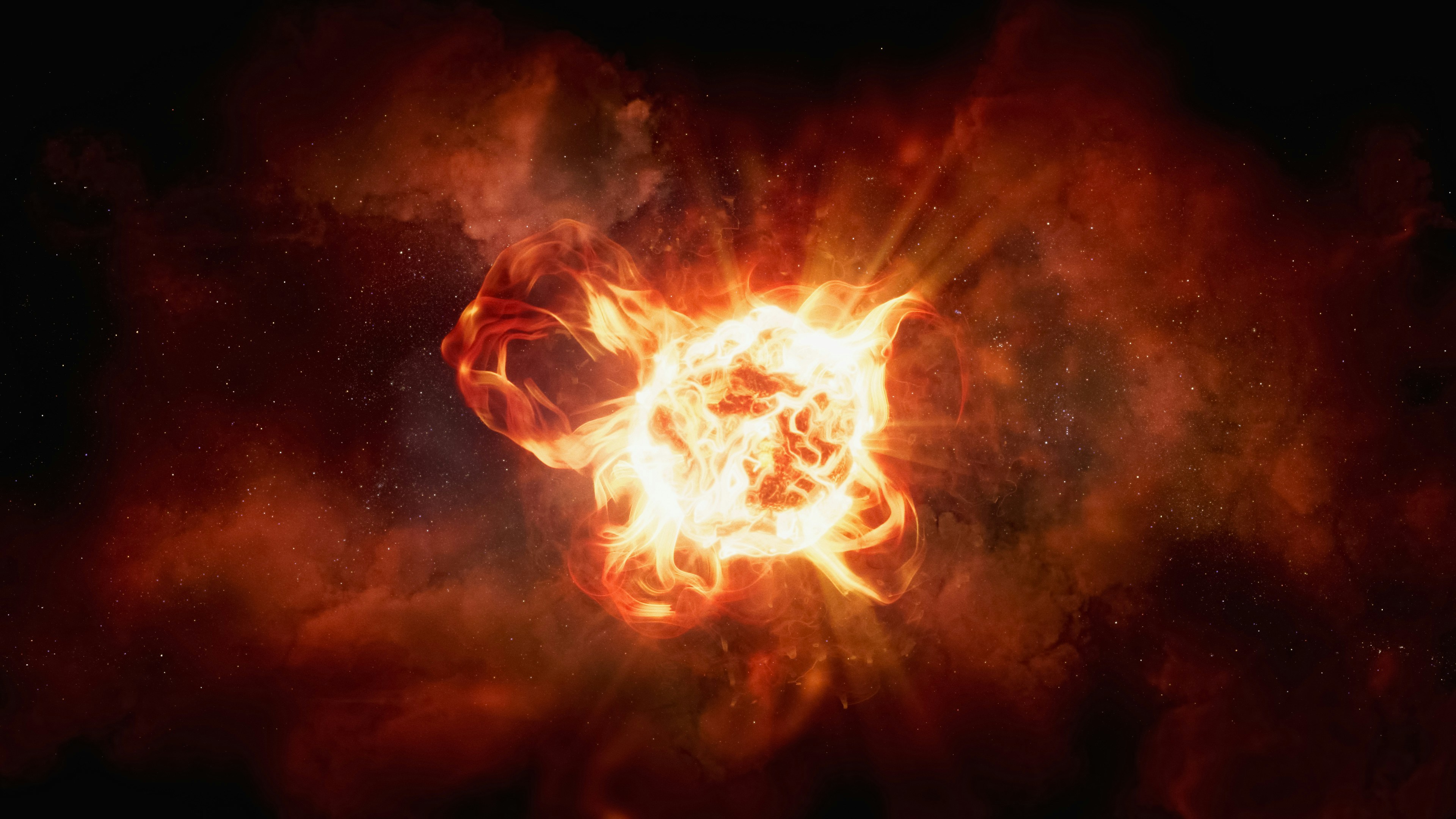The exploration of the cosmos has been one of humanity’s most ambitious scientific endeavors, driven by the innate desire to understand the origins, structure, and evolution of the universe. While ground-based observatories provided the first glimpses into distant stars, galaxies, and nebulae, the limitations imposed by Earth’s atmosphere hindered the resolution and spectral range of astronomical observations. The advent of space telescopes, beginning with the Hubble Space Telescope and continuing with the James Webb Space Telescope, has fundamentally transformed our understanding of the cosmos. By operating above the atmospheric distortions and exploiting advanced imaging technologies, these instruments have expanded the observational frontier, revealing phenomena that were previously invisible or poorly understood. This essay explores the historical development, technological advancements, key discoveries, scientific impact, and future prospects of space telescopes in modern astronomy.
Historical Development of Space-Based Observatories
The concept of space telescopes emerged in the mid-20th century, motivated by the limitations faced by terrestrial astronomy. Ground-based telescopes are subject to atmospheric turbulence, light pollution, and absorption of certain wavelengths, particularly in the infrared and ultraviolet regions. Early experiments with high-altitude balloon telescopes and sounding rockets demonstrated the potential of observing from above the atmosphere, setting the stage for more sophisticated orbital instruments.
The launch of the Hubble Space Telescope (HST) in 1990 marked a turning point. Positioned in low Earth orbit at approximately 547 kilometers above the surface, Hubble bypassed atmospheric distortion, providing unprecedented clarity and sensitivity across ultraviolet, visible, and near-infrared wavelengths. Hubble’s deployment required intricate planning, space shuttle missions for maintenance, and precision engineering to achieve optimal mirror alignment and optical performance.
Building upon Hubble’s legacy, the James Webb Space Telescope (JWST), launched in 2021, represents the next generation of space-based observatories. Unlike Hubble, JWST operates primarily in the infrared spectrum, allowing it to penetrate cosmic dust, observe the early universe, and study the formation of stars and exoplanets. Positioned at the Sun-Earth Lagrange Point 2 (L2), approximately 1.5 million kilometers from Earth, JWST benefits from a thermally stable environment and minimal interference from solar radiation. The historical progression from Hubble to JWST illustrates the continuous advancement of space telescope technology, each generation extending humanity’s cosmic reach.
Technological Innovations and Imaging Capabilities
Space telescopes integrate a suite of advanced technologies to achieve high-resolution imaging, spectral analysis, and long-duration observations. Hubble’s primary mirror, with a diameter of 2.4 meters, works in conjunction with sensitive detectors and spectrographs to capture light across multiple wavelengths. Fine guidance sensors and gyroscopic systems allow for precise pointing and tracking of celestial objects, ensuring sharp images even over long exposure times.
JWST builds upon this foundation with a segmented 6.5-meter primary mirror composed of 18 hexagonal beryllium segments. This design maximizes light-gathering capacity while maintaining structural stability at cryogenic temperatures necessary for infrared observation. The telescope’s sunshield, spanning the size of a tennis court, protects sensitive instruments from thermal radiation and ensures minimal background noise. JWST’s Near-Infrared Camera (NIRCam), Mid-Infrared Instrument (MIRI), and Near-Infrared Spectrograph (NIRSpec) enable high-resolution imaging and spectroscopy, allowing astronomers to detect faint galaxies, characterize exoplanet atmospheres, and study the chemical composition of distant celestial bodies.
Other technological advancements, such as adaptive optics, coronagraphs, and diffraction-limited imaging, have further enhanced observational precision. While adaptive optics are primarily used in ground-based telescopes, space-based instruments benefit from the absence of atmospheric turbulence, effectively achieving diffraction-limited performance. Coronagraphs aboard JWST and other telescopes enable the direct imaging of exoplanets by blocking out stellar glare, providing insights into planetary systems beyond our solar system.
The table below summarizes the key technological features of Hubble and JWST:
| Feature | Hubble Space Telescope | James Webb Space Telescope |
|---|---|---|
| Primary Mirror | 2.4 m, monolithic | 6.5 m, segmented beryllium |
| Wavelength Range | UV, visible, near-IR | Near-IR, mid-IR |
| Orbit | Low Earth Orbit (~547 km) | Sun-Earth L2 (~1.5 million km) |
| Cooling System | Passive radiators | Cryogenic sunshield and passive cooling |
| Spectroscopy | Wide Field and Planetary Camera, STIS | NIRSpec, MIRI |
These innovations have enabled observations with unprecedented clarity, depth, and spectral coverage, forming the foundation for revolutionary discoveries.
Key Discoveries Enabled by Space Telescopes
Space telescopes have profoundly altered our understanding of cosmic phenomena, enabling discoveries across astrophysics, cosmology, and planetary science.
Galaxy Formation and Evolution: Hubble’s deep field surveys, including the Hubble Deep Field and Ultra Deep Field, revealed thousands of previously unseen galaxies at various stages of formation. These observations have refined models of galaxy evolution, star formation rates, and large-scale cosmic structure. JWST extends this capability by observing galaxies at redshifts greater than 10, probing the universe less than 500 million years after the Big Bang.
Exoplanetary Research: Both Hubble and JWST have contributed to the detection and characterization of exoplanets. Transit spectroscopy, direct imaging, and photometric measurements allow astronomers to determine atmospheric composition, temperature, and potential habitability. JWST’s infrared sensitivity is particularly suited for identifying biosignatures and assessing the chemical environments of distant worlds.
Stellar Life Cycles: Observations of star-forming regions, supernova remnants, and evolved stars have provided detailed insights into stellar evolution. Hubble captured the intricate structures of planetary nebulae, while JWST’s infrared capabilities penetrate dust clouds to observe early protostellar objects and circumstellar disks.
Cosmic Expansion and Dark Energy: High-precision measurements of distant supernovae and gravitational lensing have contributed to determining the rate of cosmic expansion (Hubble constant) and constraining models of dark energy. Space telescopes’ stability and calibration accuracy are essential for reducing observational uncertainty in these fundamental measurements.
Solar System Studies: Beyond deep space, space telescopes have enhanced our understanding of objects within the solar system, including planetary atmospheres, moons, asteroids, and comets. Hubble provided high-resolution images of the outer planets, while JWST’s infrared instruments enable studies of thermal emission and surface composition on distant icy bodies.
Scientific Impact and Paradigm Shifts
The contributions of space telescopes have transcended observational astronomy, reshaping theoretical models and inspiring new fields of research. By providing detailed empirical data, these telescopes have tested predictions from cosmology, stellar physics, and planetary science. For example, the observation of high-redshift galaxies and proto-clusters informs simulations of structure formation, while exoplanet studies guide the development of planetary habitability criteria.
Space telescopes have also catalyzed interdisciplinary collaboration. Astrophysicists, chemists, and computational modelers work together to interpret spectral data, simulate cosmic phenomena, and design follow-up observations. Public engagement has increased as well, with iconic Hubble images becoming cultural touchstones and educational tools, highlighting the intersection of science, art, and society.
A crucial scientific shift enabled by space telescopes is the move from observing relatively local phenomena to probing the earliest epochs of the universe. By capturing light that has traveled billions of years, these instruments allow astronomers to reconstruct cosmic history, from galaxy formation to reionization. JWST’s infrared capabilities extend this window, potentially revealing the first stars and galaxies, and offering unprecedented insights into the chemical evolution of the universe.
Future Prospects and Ongoing Developments
The future of space-based astronomy is marked by the launch of increasingly sophisticated observatories and collaborative international missions. Upcoming telescopes, such as the Nancy Grace Roman Space Telescope and ESA’s ARIEL mission, will expand the observational domain and continue to explore exoplanetary atmospheres, dark energy, and infrared phenomena.
Advancements in detector technology, computational imaging, and data analysis methods will enhance the sensitivity and efficiency of space telescopes. Machine learning and artificial intelligence are increasingly applied to classify astronomical objects, detect anomalies, and optimize observational strategies. Moreover, modular and serviceable telescopes may allow for in-orbit upgrades, extending operational lifespans and capabilities.
The integration of space telescope observations with ground-based facilities, such as Extremely Large Telescopes (ELTs), will provide complementary datasets, enabling multi-wavelength studies and high-resolution follow-up. This synergy will deepen our understanding of fundamental astrophysical processes, bridging observational gaps and supporting next-generation theories of cosmic evolution.
The following list highlights key areas of focus for future space telescope missions:
-
Deep infrared surveys of the early universe and high-redshift galaxies
-
Detailed characterization of exoplanetary atmospheres and potential biosignatures
-
Multi-wavelength studies of stellar formation, evolution, and supernova remnants
-
Precision cosmology to refine dark energy and dark matter models
-
Solar system exploration, including thermal mapping of icy bodies and minor planets
Future space-based astronomy promises unprecedented discoveries, from detecting signs of life on distant exoplanets to refining our understanding of the universe’s origin and evolution. As technology and international collaboration advance, telescopes will deliver more precise, comprehensive data, opening new frontiers in astrophysics and cosmology.
Conclusion
Space telescopes have fundamentally transformed astronomy, providing unparalleled access to the cosmos beyond the limitations of Earth-based observation. The Hubble Space Telescope revolutionized our understanding of galaxy formation, stellar life cycles, and cosmic expansion, while the James Webb Space Telescope extends these insights into the early universe and infrared regime. Technological innovations in mirror design, detectors, and instrumentation have enabled high-resolution imaging, spectroscopy, and photometry that reveal previously hidden aspects of the universe.
Through groundbreaking discoveries, paradigm-shifting observations, and interdisciplinary collaboration, space telescopes have reshaped both the scientific landscape and public perception of the cosmos. As future missions continue to expand observational capabilities, humanity’s view of the universe will become ever more detailed, comprehensive, and awe-inspiring, cementing the role of space telescopes as indispensable tools in our quest to understand the universe.

